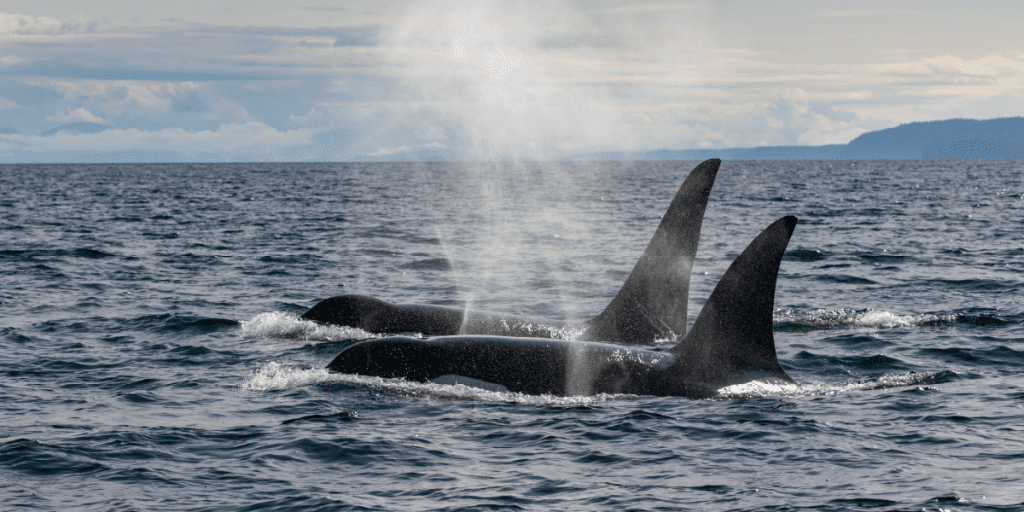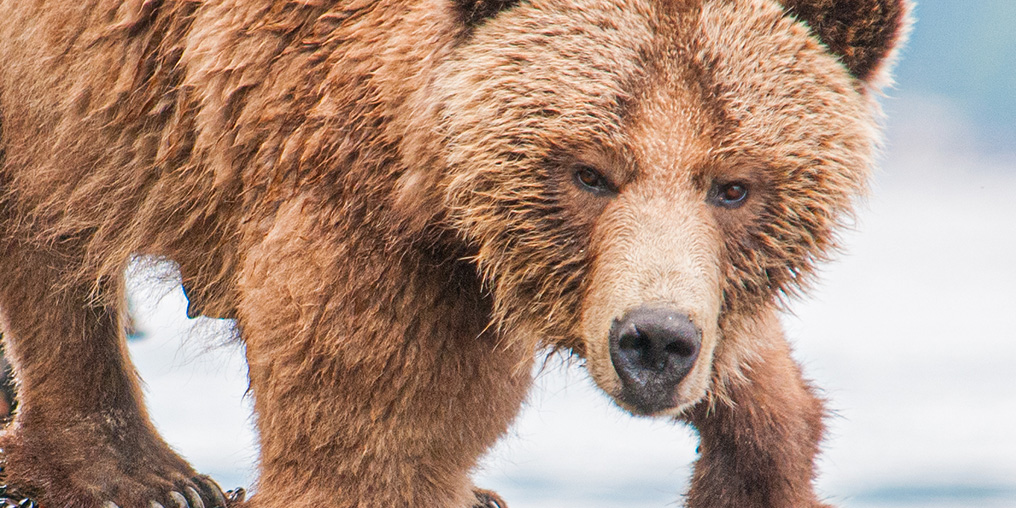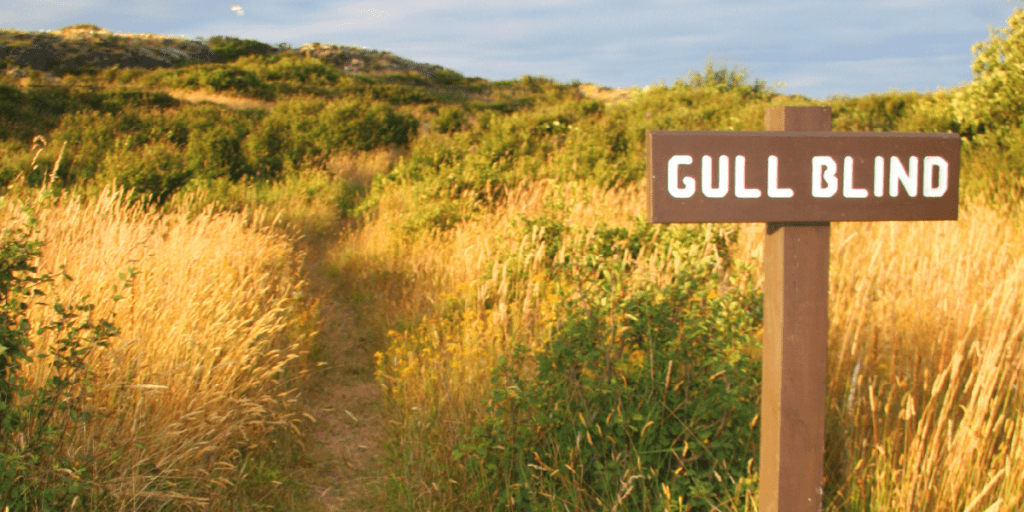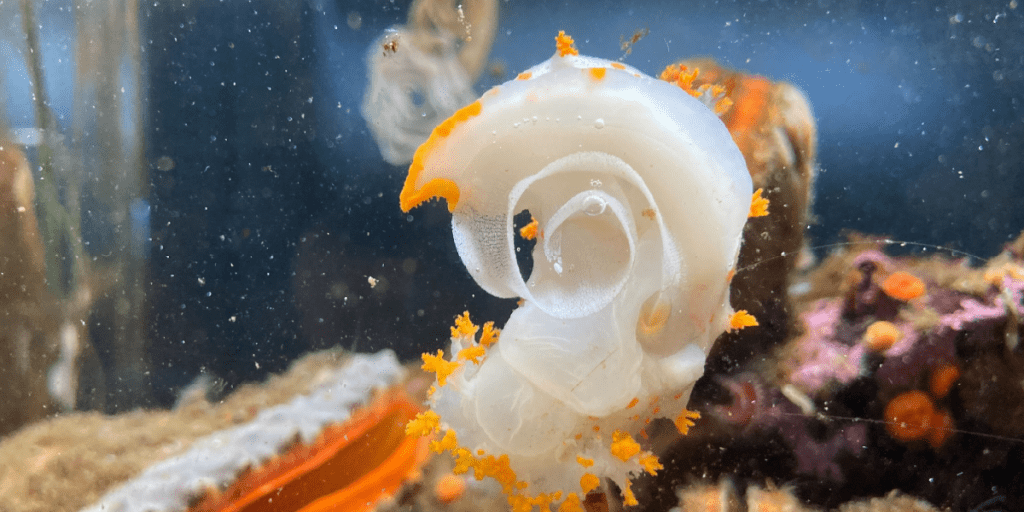The first thing I remember hearing about Maya was that she kept goats. As I got to know her better, and eventually became involved with her, I came to appreciate the goat herd and its integration into her extensive garden and system of regenerative agriculture.
At Maya’s place, the cultivated land lies between a salmon creek and a forest of old-growth trees. The underlying dirt is heavy clay that requires amendment to create fertile soil. The goat herd helps browse off the undergrowth and provides manure that enriches the soil. Garden beds were created with sweepings from the goat barn, emptied directly onto them, or from compost with goat and chicken manure as key ingredients. Other components include seaweed, gathered from beaches, and grass clippings, as well as household waste.
The entire system is based on permaculture principles. The cultivation of topsoil is good for the earth, creating a self-sustaining ecosystem that teams with microbial life and strengthens the soil food web made up of hundreds of organisms. The benefits of this approach extend from the very small microorganisms in the orchard to the surrounding forest. The garden contains perennial crops that need to be nurtured each year and annual crops rotated between beds. The care lavished on the garden makes the food more nutritious for those eating it, including the goats who munch on homegrown apples and squash in the winter and trimmings from the upkeep of the yard the rest of the year.
Early in our relationship, I realized that if I wanted to enjoy Maya’s company at my place on Quadra, I would need to provide a place for her goats and chickens—a package deal! So, during the first year of COVID, I built a barn to accommodate her critters. This led to the idea of overwintering on Quadra. To facilitate what has become our annual migration, we reduce the herd to a few breeding does and a couple of the most promising female kids each fall. This provides us with meat and simplifies the logistics of operation “goats and boats.”
We move the herd, usually four or five does, by pickup truck between Maya’s place and the dock at Surge Narrows. The first year we used a Ford Ranger and the lead goat, Rita, nervously watched the road from the front seat. Neighbours on both islands help with the process of transporting the goats to and from our boat, making it a community effort.
Prior to our first trip to Quadra, Maya had experienced taking young doelings to the vet and had a method for keeping them safe in the boat. Goats are scared of water, so the first hurdle is to get them in the boat—usually accomplished with the help of a tasty treat or by taking their newly born kids on board first. Once aboard we secure them so they can’t jump out or start pushing each other around. Often they attempt to get under the bow cover or, failing that, lie down in order to avoid looking at the water as we boat across to Hoskyn Channel Dock—a spot locally known as “the end of the road.” When they reach the other side they’re glad to disembark. Any current breeding does, who made the journey as yearlings, take it in stride.
On Quadra, they swap fenced fields for a run, where they browse on salal and other shrubs. When food becomes short in the fields, or the run, and it’s noticeable their milk production would benefit from variety in their diet, we take them for walks. Wanting variety for ourselves, we have also found the goats useful—making our own goats cheese, yogurt and kefir, and trading goat meat for fish.
One of the benefits of wintering on Quadra is access to food at the local store. The produce manager is a forward-thinking individual who separates fruit and vegetable waste from the general trash, and sets them aside for locals with animals. There is always more than enough to share, and everyone benefits, including the store now sending less waste to the landfill (a ferry ride away in Campbell River). Another benefit is easier access to a variety of bucks, for breeding purposes, that aids our effort to keep bloodlines healthy. The growing number of smallholdings with goats forms a loose community amongst which information and expertise can be shared.
Permaculture, using goats and chickens, is a long-term proposition. On Read Island the herd has been in residence for 20 years, so the garden is large and well-developed. On Quadra Island, we’re in our third year of overwintering and the gardens are starting to show the benefits. We continue to cycle through the seasons, experimenting with different crops and ideas, and constantly learning as time passes.





